Connect a loop-powered differential pressure transmitter to a DC voltage source, a milliammeter, a 250 ohm resistor, and a diode as shown in the below figure.
Differential Pressure Transmitter
Schematic Diagram
The schematic diagram shows the above figure connections in the circuit form.
We power-up the transmitter and it is now functioning, answer the following questions:
Question 1:
Trace the direction of current through this DC circuit (using conventional flow notation) and identify the polarity of the voltage across each component in accordance with that component’s function as either an electrical source or an electrical load.
Question 2:
Explain how to measure the transmitter’s output signal three different ways:
- Measuring a voltage drop across the 250 resistor (1-5 V signal)
- Breaking the circuit to directly measure current with a milliammeter (4-20 mA signal)
- Connecting a milliammeter in parallel with the diode (4-20 mA signal)
Question 3:
How does an applied pressure (blowing into the plastic tube) to the “High” pressure port on the transmitter affect the electrical signal? How about an applied pressure to the “Low” pressure port?
Question 4:
While measuring current (with the milliammeter shorting across the diode), temporarily short past the 250 ohm resistor with a jumper wire. How does this affect the circuit current, and why?
Question 5:
How would the pressure transmitter respond if equal pressures were applied to both “H” and “L” ports?
Question 6:
One of the basic rules students learn when first using their multimeters is never connect an ammeter in parallel with anything, only in series. Explain why shorting across the diode is okay to do, and whether or not shorting across the resistor would be just as practical.
Share Your Answers with us through comments.
Read Next:
- Differential Pressure Transmitter
- Animation of DP Transmitter
- Differential Pressure Loss
- Closed Tank DP Level Transmitter
- Transmitter Static Pressure Limit

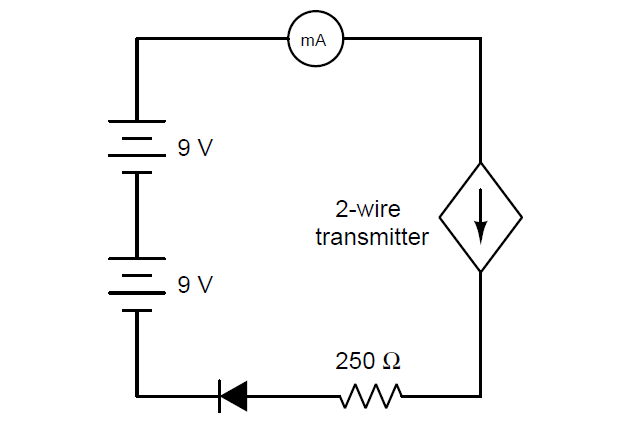
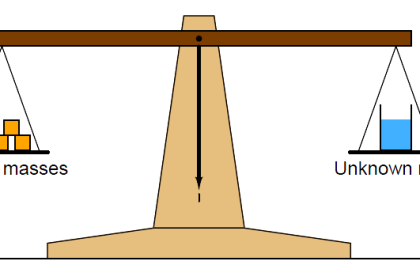
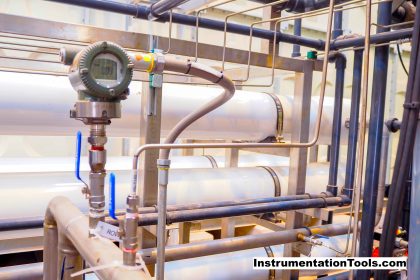

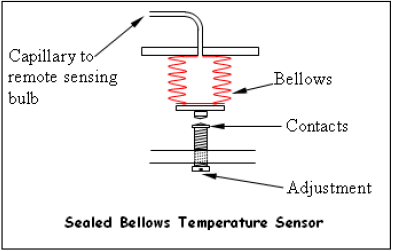
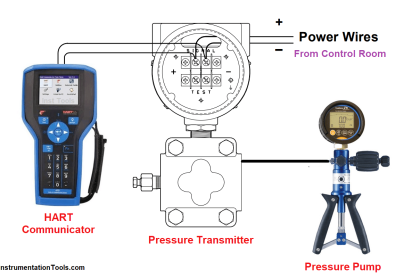
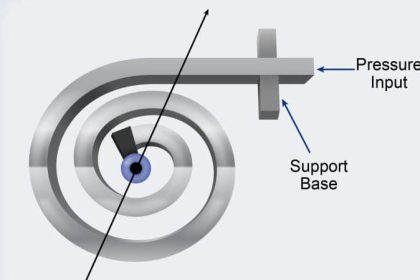

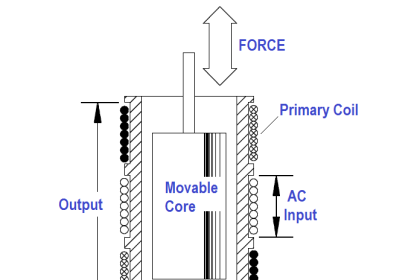
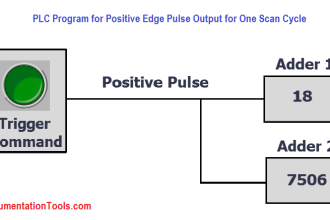
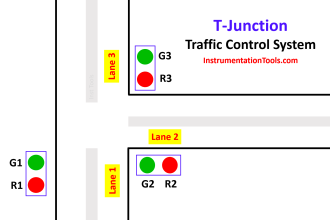
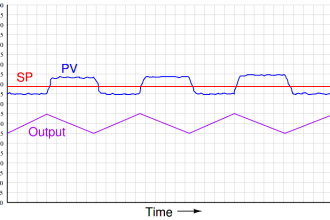
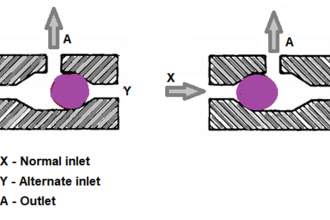
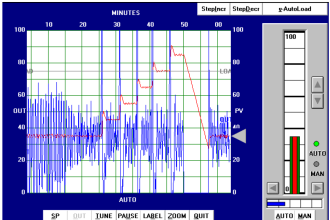

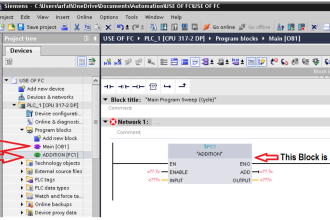
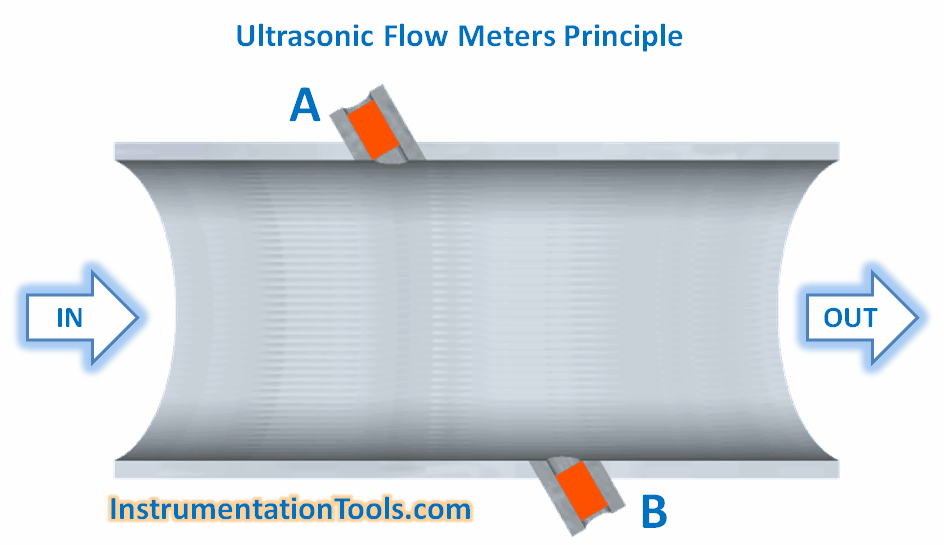

Great Blog written by you. I love reading this and the differential pressure has been calibrated within the measuring range: 0 in H20 4 oC to 600 in H20 4 oC, but we want to calibrate it to function between 0 in H20 4 oC to 400 in H20 4 oC.
Your contribution will be highly welcome.
Thank you!
There is no problem to change URV from 600 in H2O to 400 in H2O. However, I wonder where is temperature condition taken from as 4 deg. of Celsius?